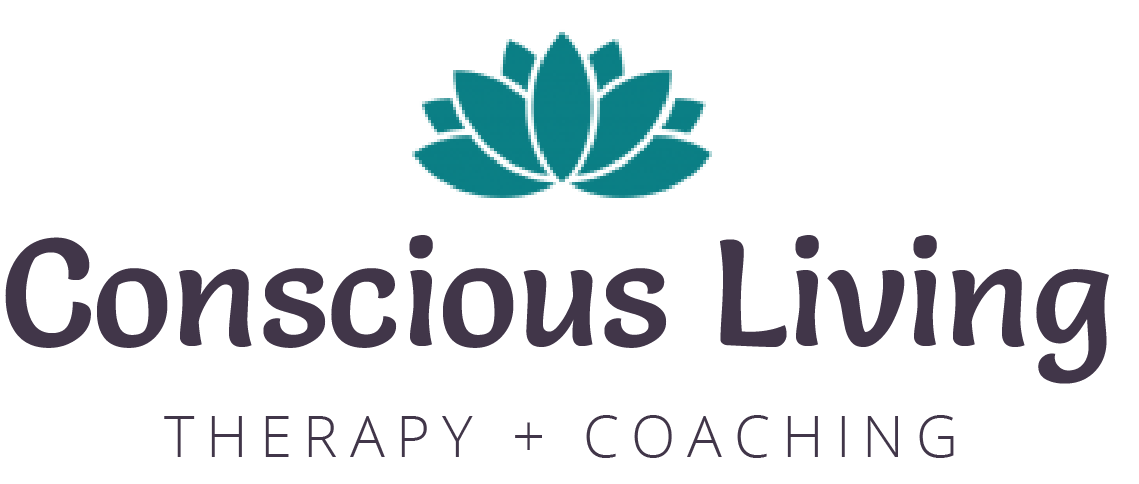The Power of a Healthy NO: Types of boundaries and how to set them
In my experience as a Licensed Therapist and Certified Master Life Coach, I have found that boundaries is a sizzling hot topic. Time and time again I have observed how the lack of boundaries, the struggle to communicate and uphold boundaries, and the lack of respect towards boundaries are often the primary catalysts for emotional distress and relational fallout. Whether you are facing relational anxiety or looking for ways to better manage your stress, boundaries can play a powerful role in restoring authenticity and inner peace.
What are boundaries?
“Boundaries are the distance at which I can love you and me simultaneously.' – Prentis Hemphill
Before boundaries became a therapeutic buzz word, it was a practical term used to define the border or limit of a geographical area. In this same way, your boundaries represent the limits to what is and is not OK with you. Boundaries keep us safe and are essential for authentic relationships because they communicate clear expectations for others and even ourselves.
Types of boundaries
There are many types of boundaries – time boundaries, relational boundaries, personal boundaries – but ultimately, all boundaries fall under three primary categories.
Physical boundaries – Physical boundaries represent the literal space between you and everyone else and protect your authority over your own body. Your physical boundaries determine your privacy and what (if any) kind of physical touch is acceptable. When physical boundaries are communicated, upheld, and respected, you are safe.
Emotional boundaries – Mental or emotional boundaries represent your right to your own thoughts, feelings, and beliefs. Emotional boundaries reinforce the responsibility every person has over the way they personally think and feel. When emotional boundaries are communicated, upheld, and respected, you feel safe.
Energetic boundaries – An energetic boundary is where your intuitive (or spiritual) energy intersects with your physical nervous system. For example, imagine you enter a room full of people, and right away, you can sense a tense vibe. Without an energetic boundary protecting your inner peace from the negativity in the room, others may energetically drag you down.
How to know when a boundary is needed
Consider the adage, “crosses a line.” If someone or some situation “crossed a line,” that means a boundary was breached. Something has happened that is not OK with you. I often use the acronym F.R.O.G. with my clients to help them determine if and where a boundary may be needed. Ask yourself…
In what way does Fear, Resentment, Obligation, and Guilt show up and dictate my behaviors/actions in this relationship/situation?
If there is a relationship or situation that leaves you feeling drained, uneasy, or taken advantage of, then a boundary may be needed.
Why are boundaries hard?
Communicating a boundary feels big and scary sometimes because of the story or narrative we attach to the word ‘no.’ It is all too common for guilt and fear to keep people from communicating boundaries, so, let’s start there and address these concerns.
GUILT: Is having a boundary selfish? Am I doing something wrong?
No, boundaries are not selfish. Boundaries are a form of self-care, and they are a very kind thing to do. When you communicate a boundary to someone, you are essentially saying to them, “This is the way I am inviting you to love me.”
FEAR: What will they think of me if I say no?
The fear of saying ‘no’ comes from a desire to please others. But saying ‘yes’ when we really mean ‘no’ comes at a personal cost. Authentic honesty, not fear, should determine our yeses and nos.
“When you say ‘yes’ to others, make sure you’re not saying ‘no’ to yourself.” – Paulo Coelho
How to set boundaries
How do I say no, and then stick to it?
Step 1: Heal your relationship with the word no.
Saying ‘no’ is often one of the kindest, clearest, and most respectful things you can do – both for yourself and for the relationship. Saying ‘yes’ when you mean ‘no’ will not bring you the deep, lasting personal connections you crave, nor will it create healthy, life-giving friendships.
Step 2: Determine if something is OK with you or not OK with you
Before setting a boundary, tune into your heart and body. Do you get a shudder when you’re being presented with an opportunity or task? Does your heart open or close in response to a person or situation? Use the F.R.O.G. acronym. Do you feel fear? Resentment? A sense of obligation or guilt? Between the trigger and your response, there is a pause. In that pause lies your freedom and power to choose how you want to respond.
Step 3: Respond from a place of love and kindness.
There is a sweet spot with communicating boundaries. We don’t want to be unclear or ambiguous, but we also don’t want to respond from a triggered place or an aggressive, “how dare you!” type of place. Learning how to respond in a way that is loving and kind both to yourself and to the other person takes time and practice, but keeping it short and simple is often the most respectful and effective strategy.
For example, here are some polite ways to say no and communicating a boundary:
“That won’t work for me.”
“I’m available to do____. I’m not available to do _____.”
“Thank you so much for inviting me to participate, however, I’m not going to participate this time.”
“I won’t be able to help with that. I wish there were two of me, but there’s only one of me, and my plate is full.”
“Thank you so much for thinking of us, however, unfortunately, we’re not going to be able to make it this year.”
“I can’t. I made a commitment to myself to not over-commit myself this year, and I won’t let myself down. Thank you for understanding.”
“I’m honored to have been asked, but I simply can’t.”
“I wish I could, but I’m not able to fit this in.”
Step 4: After communicating your boundary, leave it alone.
If necessary, repeat the boundary to reinforce it, but don’t get lost in the weeds. Don’t debate. Avoid negotiating the boundary unless there is an acceptable compromise you would genuinely be open to. There is truly no need to over-explain. It is not necessary for everyone to understand your boundaries. They just need to respect them.
Let’s Connect
Hi there! I’m Jenny, a licensed Holistic Therapist (LISW-CP) and Certified Adult Chair® Master Coach.
I combine both therapy and coaching methodologies to provide my clients with a holistic perspective and the techniques they need to flourish. Rediscovering who you were always meant to be is an act of courage, and radical self-love can turn unconscious paralysis into conscious, authentic growth. Learn more about me here.


